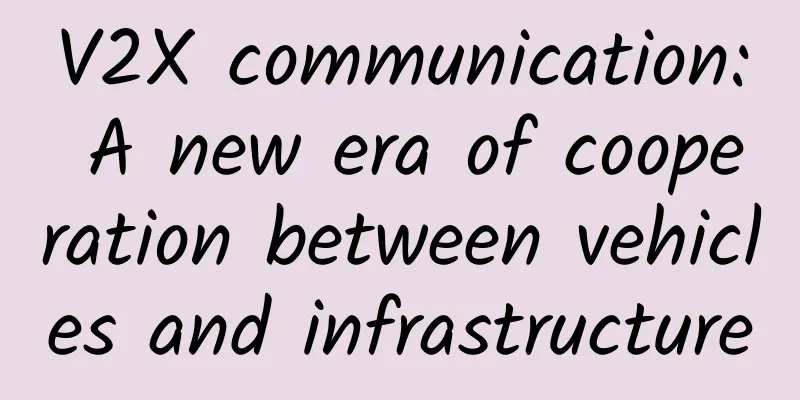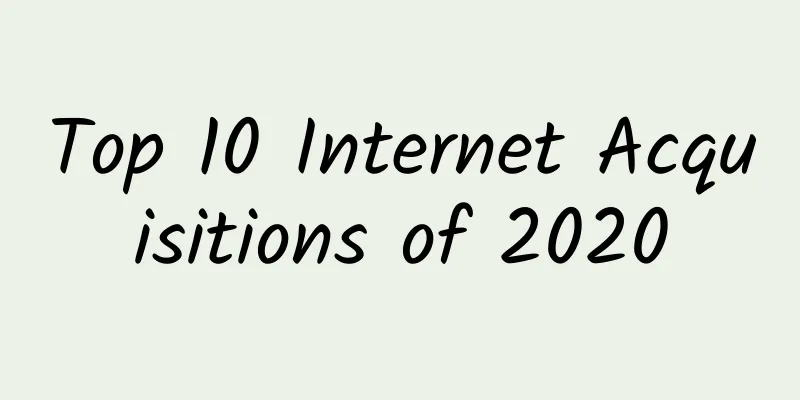V2X communication: A new era of cooperation between vehicles and infrastructure

|
V2X communication, or vehicle-to-everything communication, is a breakthrough technology that allows vehicles to communicate with each other and the surrounding infrastructure. This innovative mode of transportation has the potential to revolutionize the way we drive, improve road safety, reduce traffic congestion, and make transportation systems more efficient. As we move toward a future of connected and autonomous vehicles, V2X communication will play a vital role in creating a safer and more efficient driving environment. Essentially, V2X communications enable vehicles to share information with each other and with infrastructure such as traffic lights, road signs and even pedestrians. This information exchange can include data on vehicle speed, location, direction and other important details that can help prevent accidents and improve traffic flow. By allowing vehicles to “talk” to each other and their surroundings, V2X communications can help drivers make better decisions, anticipate potential hazards, and react faster to changing road conditions. One of the main benefits of V2X communication is its ability to significantly improve road safety. According to the National Highway Traffic Safety Administration (NHTSA), more than 90% of car accidents in the United States are caused by human error. By providing drivers with real-time information about the vehicle and its surroundings, V2X communication can help reduce the possibility of accidents caused by human error. For example, if the vehicle ahead suddenly brakes, V2X technology can instantly transmit that information to the vehicles behind, allowing them to react more quickly and avoid a potential collision. In addition to improving safety, V2X communications can also help reduce traffic congestion and improve overall transportation efficiency. By allowing vehicles to communicate with traffic signals, V2X technology can adjust signal timing based on real-time traffic conditions, thereby optimizing traffic flow. This helps reduce the time vehicles spend idling at red lights, which reduces fuel consumption and emissions. In addition, V2X communications can enable vehicles to form “platoons,” groups of vehicles traveling closely together at coordinated speeds, reducing the need for individual drivers to constantly adjust their speed and increasing overall traffic flow. As we move toward a future of autonomous vehicles, V2X communications will play an even more critical role in ensuring the safe and efficient operation of these vehicles. Autonomous vehicles rely on a combination of sensors, cameras, and other technologies to navigate their environment, but these systems are sometimes limited in their ability to detect and react to certain situations. By incorporating V2X communications, autonomous vehicles can gain a wealth of additional information about their surroundings, allowing them to make smarter decisions and operate more safely. Although the potential benefits of V2X communications are clear, there are still several challenges that must be overcome before the technology can be widely adopted. One of the main obstacles is the need for a standardized communication protocol that allows vehicles from different manufacturers to communicate with each other and with various types of infrastructure. In addition, concerns about data privacy and security must be addressed, as the exchange of sensitive information between vehicles and infrastructure could be exploited by hackers or other malicious actors. Despite these challenges, the future of V2X communications looks promising. Governments and industry leaders around the world are investing heavily in the development and deployment of this technology, recognizing its potential to transform our transportation systems and usher in a new era of cooperation between vehicles and infrastructure. As V2X communications continue to advance, we can look forward to a future where roads are safer, more efficient, and more connected. |
<<: Spiderpool: How to solve the problem of zombie IP recycling
Recommend
ZJI 20% off, 440 yuan/month-2*E5-2620/16G memory/240G SSD/10M (CN2+BGP)/Korean server
ZJI was founded in 2011. It is the original well-...
Are you still pinging? 7 advanced methods to help you quickly test port connectivity
Ping is a command tool for checking network conne...
Although there are nearly 100 5G terminals, they are not even the tip of the iceberg.
The quantity, quality and speed of mobile termina...
Learn more! The principles behind Wi-Fi revealed!
Wi-Fi and 4G/5G cellular networks are the two mos...
Four-stage hierarchical optimization to solve 5G network optimization challenges
With hundreds or even thousands of parameter comb...
Share a few DOS commands that are not outdated. Please save them if you need them.
Although DOS commands are getting further and fur...
The invisible shift of HCI
Arthur C. Clarke, a famous British science fictio...
Tencent Cloud Double 11 cloud server annual payment starts from 88 yuan, get 1111-8888 yuan voucher
Tencent Cloud launched the 2023 Double Eleven eve...
Wi-Fi 7 is starting to emerge: speeds up to 30Gbits per second
Wi-Fi 6 is just beginning to become popular, and ...
ExtraVM first month 30% off starting at $1.5, AMD Ryzen9 series, 1~10Gbps unlimited traffic, data centers in the United States/Netherlands/Japan/Singapore, etc.
ExtraVM recently released a 70% discount on the f...
Weibu Online TDP: 99.97% accuracy, how low can the false negative rate be under high-intensity confrontation?
On March 6, 2022, the "Attack and Defense Co...
2017: China's first robot firewall launched a powerful attack to break the curse of black production and enhance the security future of online business!
[[188847]] The rise of the digital economy has ma...
Are you ready for 5G? Five new applications you'll see
Earlier this year, an article wrote: 5G will tran...
Protecting corporate intranet data security in just seven steps
In the Internet information age, science and tech...
Morphling: How to maximize cost reduction when deploying AI in cloud native?
With the vigorous development of cloud-native tec...









